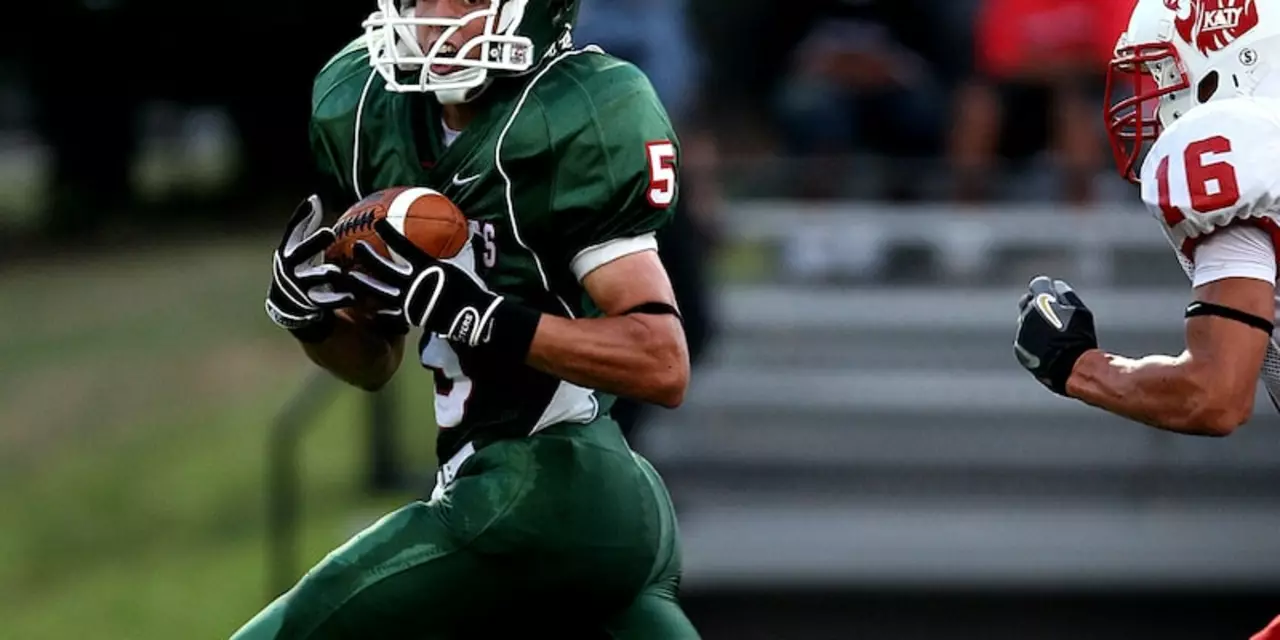American Football
When working with American football, a contact sport played on a rectangular field with goalposts at each end. Also known as gridiron football, it blends strategy, athleticism, and precise timing. American football has two main branches: professional leagues and college programs, each with its own rules and cultures. The sport encompasses the top‑tier NFL and the vibrant college football circuit that feeds talent into the draft. It requires a quarterback to orchestrate plays, a defense to stop them, and a touchdown to score. Fans fill stadiums, watch massive TV audiences, and debate play calls on social media, making the game a national conversation every weekend.
Major leagues, championships, and key roles
The NFL, the National Football League, is the most watched professional American football organization in the world runs a 17‑game regular season followed by playoffs that culminate in the Super Bowl, the championship game that decides the league winner and generates massive cultural buzz. The Super Bowl influences merchandise sales, TV ratings, and even music trends, showing how a single event can shape the sport’s economy. On the field, the quarterback, the offensive leader who calls plays and throws passes is the linchpin of every drive. A successful pass often ends in a touchdown, six points awarded when the ball enters the opponent’s end zone, which can swing momentum instantly. Salary caps, free‑agency moves, and the annual draft link team building to long‑term strategy, reinforcing why American football requires both physical skill and mental preparation.
Beyond the NFL, college football, the amateur level played by universities across the United States adds regional rivalries, marching bands, and bowl games to the mix. College teams chase conference titles and vie for spots in historic bowls like the Rose Bowl or the College Football Playoff, while standout athletes aim for the NFL draft. Positions such as linebacker, wide receiver, and running back each bring unique duties, and coaching staffs craft playbooks that evolve each season. Recruiting rankings, coaching changes, and fan traditions keep the conversation alive year‑round. Whether you’re watching a high‑school Friday night lights game or a primetime NFL showdown, the core concepts stay the same: advance the ball, protect your territory, and finish with a score. Below you’ll find a curated selection of articles that dive deeper into strategies, historic moments, and the latest news shaping American football today.
American football has become more popular than soccer in the United States due to a variety of factors. These include the physicality of the game, the presence of professional leagues, and the cultural and geographic influences of areas with high concentrations of immigrants. Additionally, the Americanization of soccer in the early 20th century and the growth of college football have also been credited with increasing the popularity of American football over soccer. The popularity of American football has been further bolstered by media coverage and an increase in fantasy football and gambling. In short, American football has surpassed soccer as the most popular sport in the United States largely due to its physical nature, the presence of professional leagues, and the cultural and geographic influences of areas with high concentrations of immigrants.
